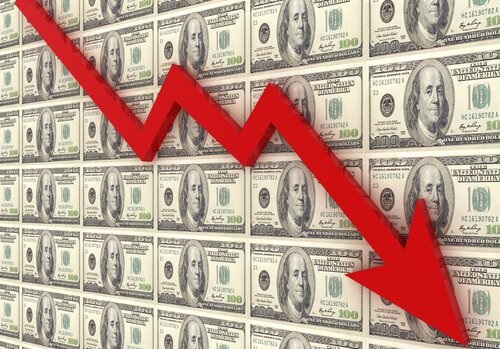The US dollar index slumped heavily during the US session. Hitting a new yearly low, due to the combination of softer inflation and rising weekly jobless filling.
Yearly highs were seen in the EURUSD and the GBPUSD pairs as the buck cratered, alongside new yearly highs in gold and silver, further underscoring the dent in the dollar.
Breaking down the data this afternoon, Producer prices for final demand in the US fell 0.5% mom in March of 2023, the biggest decline since April of 2020, compared to forecasts of a flat reading.
Two-thirds of the decline can be attributed to a 1% decrease in prices for final demand goods, namely gasoline (-11.7%). The indexes for diesel fuel, residential natural gas, jet fuel, electric power, and fresh and dry vegetables also fell.
Meanwhile, prices for services edged 0.3% lower, also the largest decline since April of 2020, mainly due to a 7.3% drop in margins for machinery and vehicle wholesaling.
The indexes for truck transportation of freight, portfolio management, fuels and lubricants retailing, loan services (partial), and automobiles and automobile parts retailing also moved down.
Year-on-year, producer prices increased 2.7%, the least since January of 2021 and below expectations of 3%. The core rate eased to 3.4% as expected but core prices went down 0.1% mom, beating forecasts of a 0.3% rise.
The number of Americans filing for unemployment benefits rose by 11,000 to 239,000 in the week ending April 8th, overshooting market expectations of 232,000.
It was the first increase in unemployment claims in three weeks, in line with a batch of data for March that pointed to the softening of the US labour market to strengthen current bets that the Federal Reserve could cut rates multiple times this year.
The four-week moving average, which removes week-to-week volatility, rose by 2,250 to 240 thousand. On a seasonally unadjusted basis, initial claims rose by 27,457 to 234,577.




